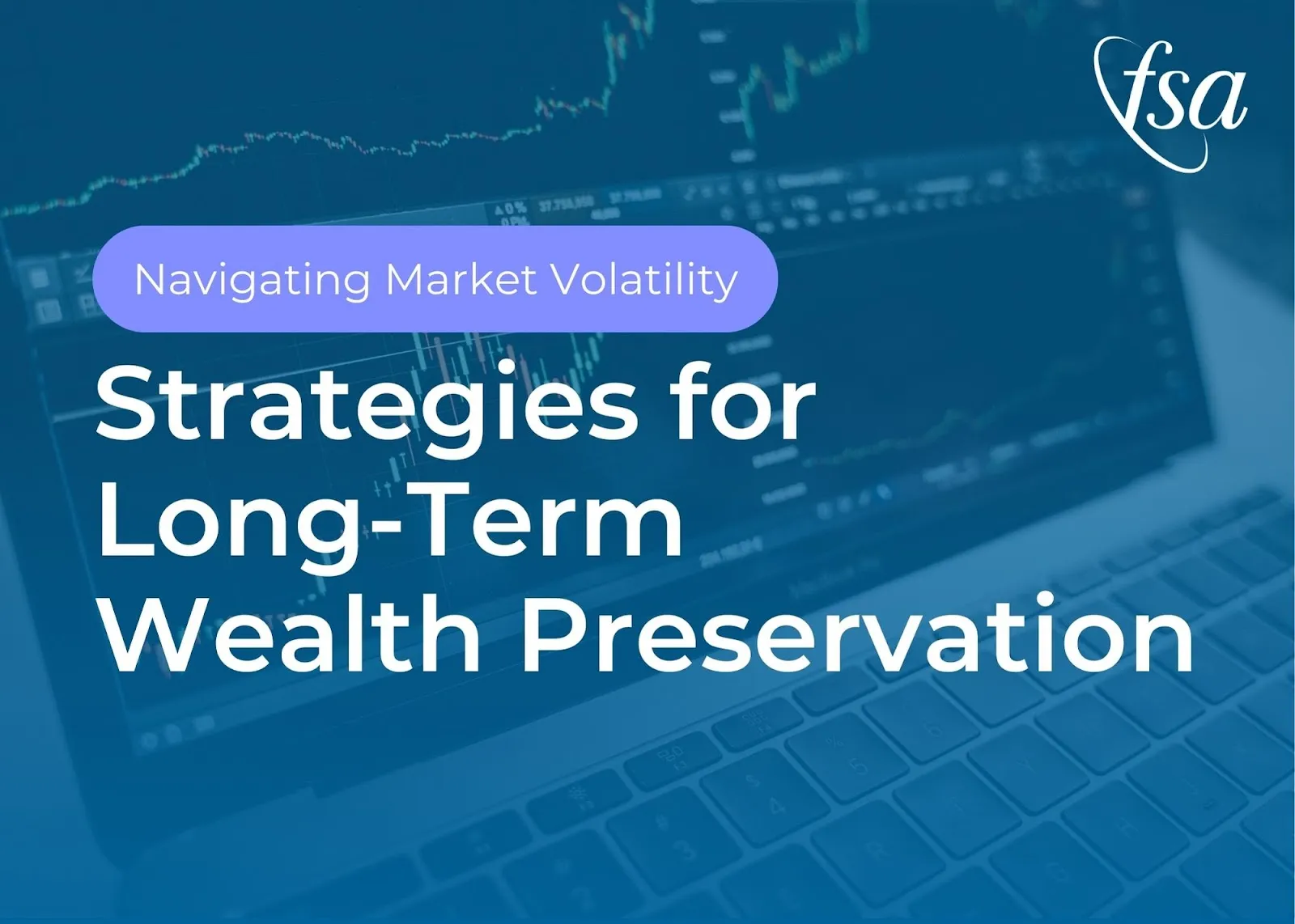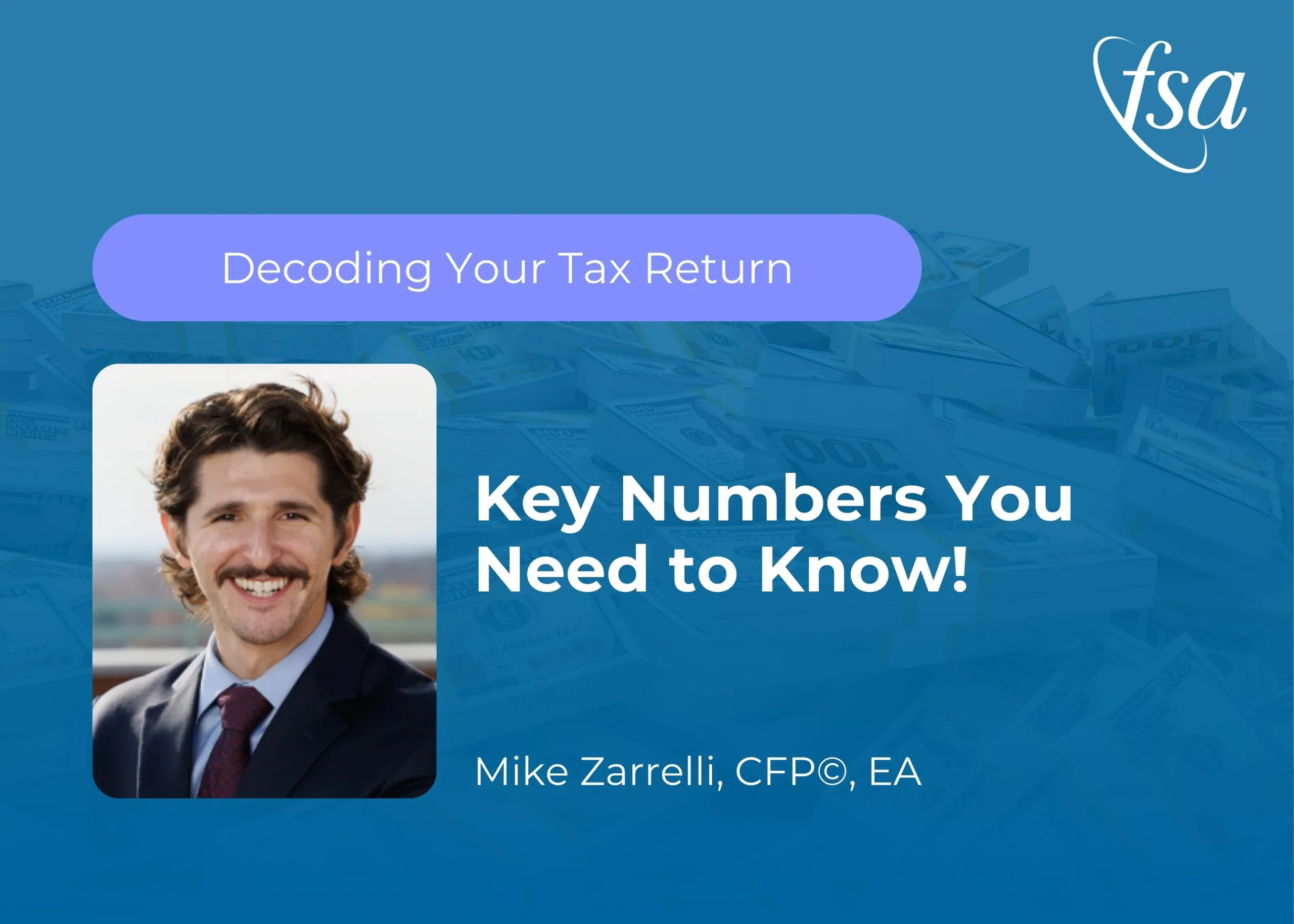Our market commentaries often center around the equity market, while the bond market gets relegated to a cursory mention. After all, when any significant news is released, stocks tend to be more reactive and volatile, while bonds generally play the role of the even keel.
After the Federal Reserve cut interest rates in September for the first time in four years, the bond market began to attract more attention as bond yields behaved much differently than expected. Throughout October, as yields continued their surprising and stunning march upward, the narrative decidedly shifted to the bond market. In this market update, bonds will take center stage, with equities garnering a brief mention.
Equity Market – Key Highlights
- The month of October lived up to its reputation for being seasonally weak, though barely, with the S&P 500 and Nasdaq both down 1% for the month. The Dow was down only half a percent. Coming into the month-end, most of the major indices were reflecting small positive returns, but those didn’t hold in the final days of October.
- Equity trading across the portfolios was very light in October, with only minor tweaks needed. The equity-oriented portfolios began the month with exposure to the areas that performed well, such as large U.S. growth companies, so no significant changes were warranted.
- Yields rose throughout the month of October. As a result, the broader bond market fell during the month, as bond prices moved in the opposite direction of bond yields. Since the central bank’s 50 basis-point interest rate cut on September 18, the yield on the 10-year Treasury bond has actually risen by more than 50 basis points by the end of October, a remarkable and unexpected climb from around 3.7% to 4.3%. And bond prices, represented by the Barclays Aggregate Bond Index, have fallen by 2.8% during that same time. However, some areas of the bond market have held up relatively better. High yield corporate bonds are only down around 1% since the Fed rate cut, while floating rate bonds have been slightly positive. Short-term Treasuries have held up better than long-term Treasuries which are more sensitive to changes in interest rates.
- Trading in the portfolios centered around fixed income in October. We exited long-term Treasury bonds in the Income and Tactical Growth strategies, and we reduced exposure to bonds that could be negatively impacted by the hurricane season in some portfolios within Income & Growth. But even the Income strategy, which is allocated 100% in bonds and money markets, held up better than the broad bond market because the portfolios also have exposure to areas that are not as sensitive to interest rate changes. Similarly, no fixed income trading was warranted in the Conservative Growth strategy since those portfolios hold high yield corporate bonds or other bonds in nontraditional areas of the bond market.
- One rather simplistic explanation is a saying in the markets of “Buy the rumor and sell the news.” In the months leading up to September, market participants began to bank on the belief that rate cuts were coming and that a Fed easing cycle would be good for bonds, which, in turn, drove bond prices up and interest rates down. On the actual news of the first rate cut, the bond market sold off.
- More probable reasons for higher interest rates and lower bond prices have to do with stronger economic data, better data in the labor market, and sticky inflation. Higher growth expectations generally lead to higher yields, and the bond market might be signaling that it is merely reacting to higher growth and inflation expectations than have already been “baked into” the markets. A Reuters article dated September 25, 2024, stated that “Yields on longer-dated Treasuries that are most sensitive to the inflation outlook have risen…with some investors worried that the Fed’s shift in focus from beating back inflation to protecting the job market could allow for a rebound in price pressures.”
- Recent CNBC commentary has also mentioned that global debt is at an all-time high, and there has been a historic supply of Treasuries, which brings prices down and drives yields up.
- Finally, the financial media has also cited the “term premium” as a key reason behind higher Treasury yields. The term premium describes the extra yield that investors demand for taking on the risk of buying longer-term bonds, especially given such high deficits.
Mary Ann Drucker Assistant Portfolio Manager
Disclosures are available at www.fsawealthpartners.com/disclosures/market-update. FSA’s current written Disclosure Brochure and Privacy Notice discussing our current advisory services and fees is available at www.fsawealthpartners.com/disclosures or by calling 301-949-7300.



